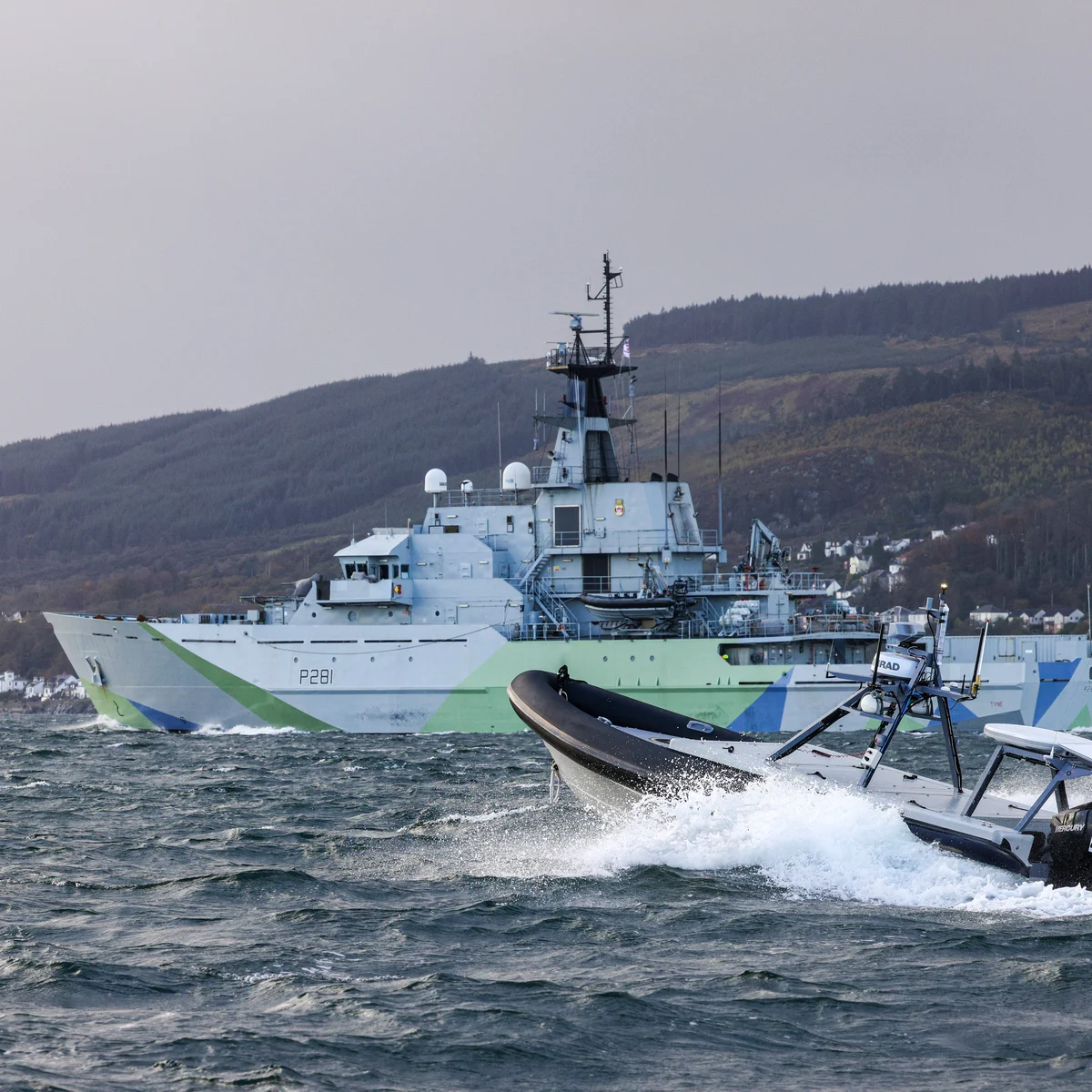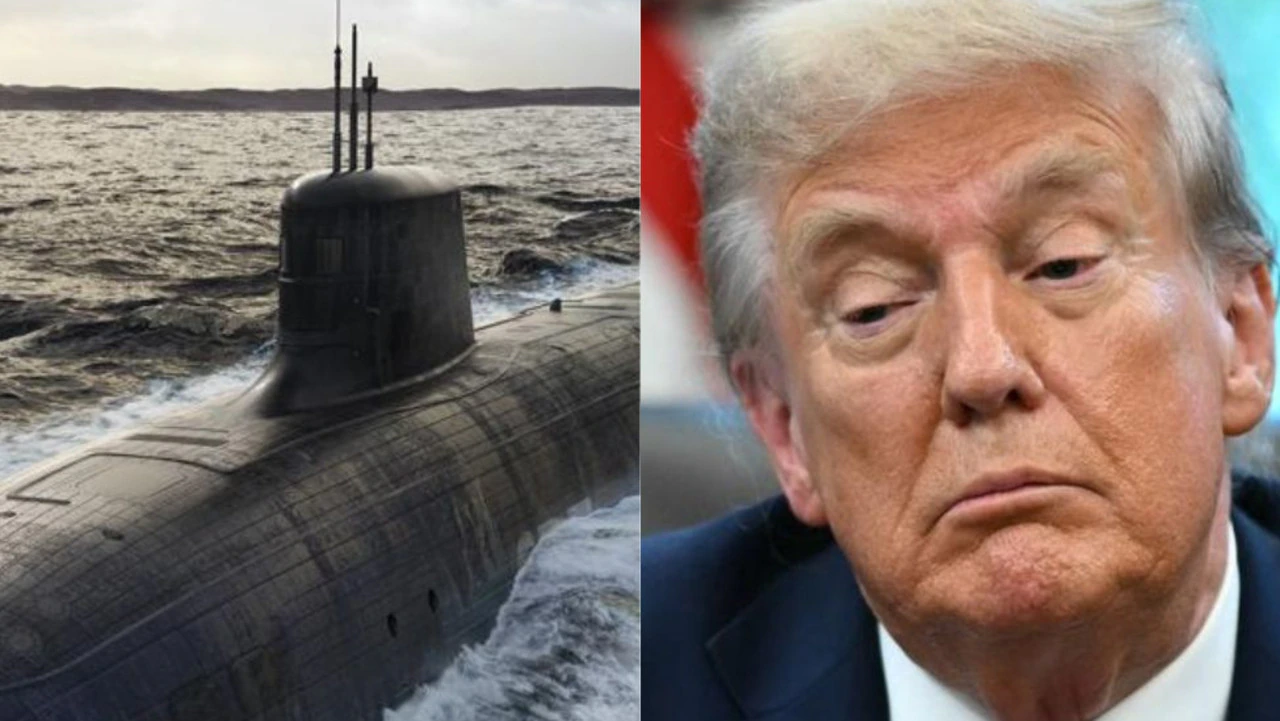Copyright standard

Russian warships and other vessels loitering in waters around Britain face being shadowed by maritime drones piloted from 500 miles away. The Royal Navy and army have tested seven 7.2m autonomous Rattler boats to monitor vessels in UK waters and in other seas. They are designed to be fully uncrewed and can operate individually or as part of a swarm, being able to work together as a “wolf pack” to escort or shadow vessels. Eventually, they will be able to operate without direct human control. The military recently carried out a 72-hour training exercise with the crewless boats off the coast of Scotland. Royal Marines, sailors and Army personnel on board experimental technology vessel XV Patrick Blackett, at Portsmouth naval base, remotely-piloted five of the boats in waters off Scotland 500 miles away. The exercise involved the drone boats, and their pilots, working with Archer-class patrol and training vessel P2000 HMS Biter of the Coastal Forces Squadron, and a Merlin helicopter. HMS Tyne and HMS Stirling Castle were acting as “foreign ships” which were monitored and escorted by the Rattler boats, with images from cameras, sensor information and other data being fed back to their operators in Portsmouth. “This is a really important moment for the Royal Navy as we progress towards a Hybrid Navy of crewed and uncrewed platforms,” said naval Commander Michael Hutchinson. The new drone capability has been developed by the navy’s Disruptive Capabilities and Technology Office. The new vessels are based on a RIB, rigid inflatable boat, and with autonomy packages and other new technologies, developed with commercial firms, to meet Royal Navy specifications. They can be pre-programmed with mission profiles and navigational routes, being able to carry out surveillance, reconnaissance, and deliver payloads. Given their small size, the new drone boats can be quickly transported by air, or road, with portable slipways for their launch, meaning they can be deployed on operations around the world. The drones could also be used to monitor Russian military vessels heading through the Channel or in other waters around Britain. Vladimir Putin has been increasingly testing Nato’s resolve, with Russian aircraft entering the airspace of countries in eastern Europe on a number of recent occasions. RAF fighters have also been scrambled to monitor Russian military planes heading towards Britain. The acts have sparked concerns that the Russian president may want to expand his war in Ukraine, leading to Nato beefing up its defences in eastern Europe, with British planes deployed to take part in operations over Poland. Britain has also used a Royal Navy submarine to deter a suspected Russian spy vessel from loitering over undersea cables in UK waters. It surfaced near the Yantar which led the vessel to depart. Putin has increasingly resorted to “grey warfare” to test the West, with accusations of Russian operations to cut underwater cables.



